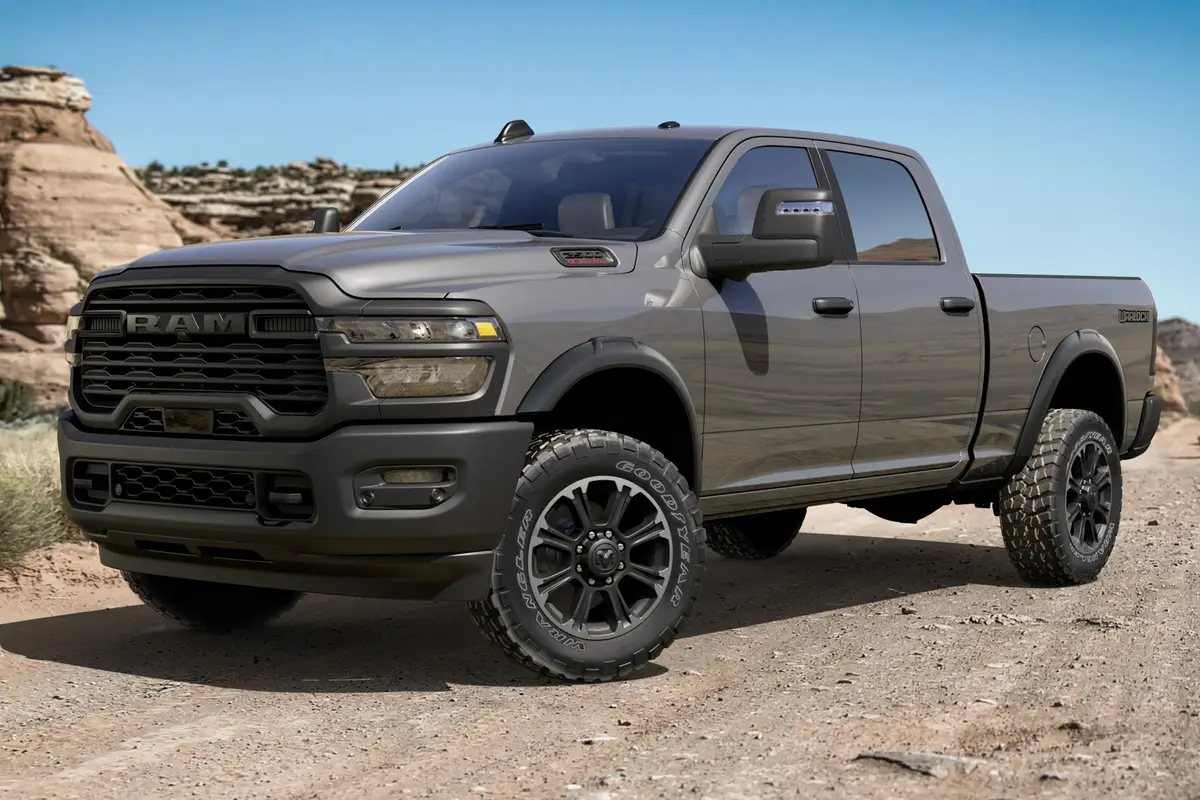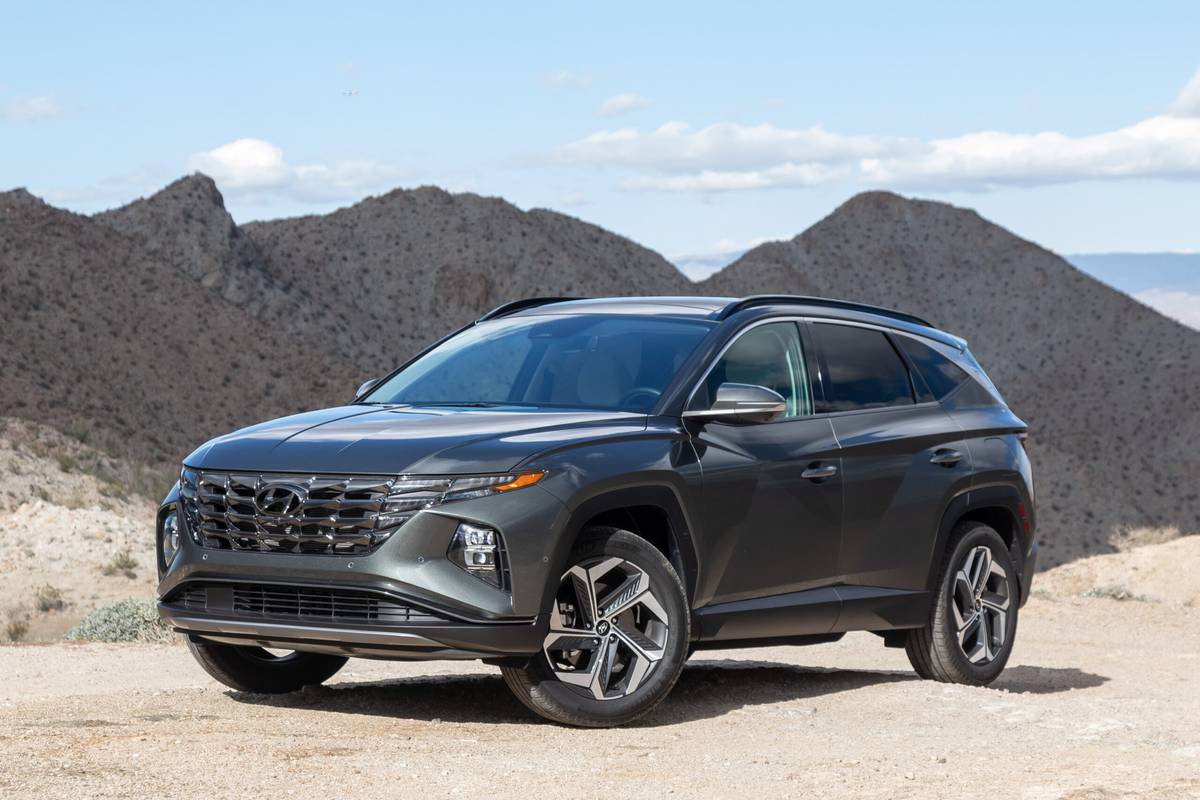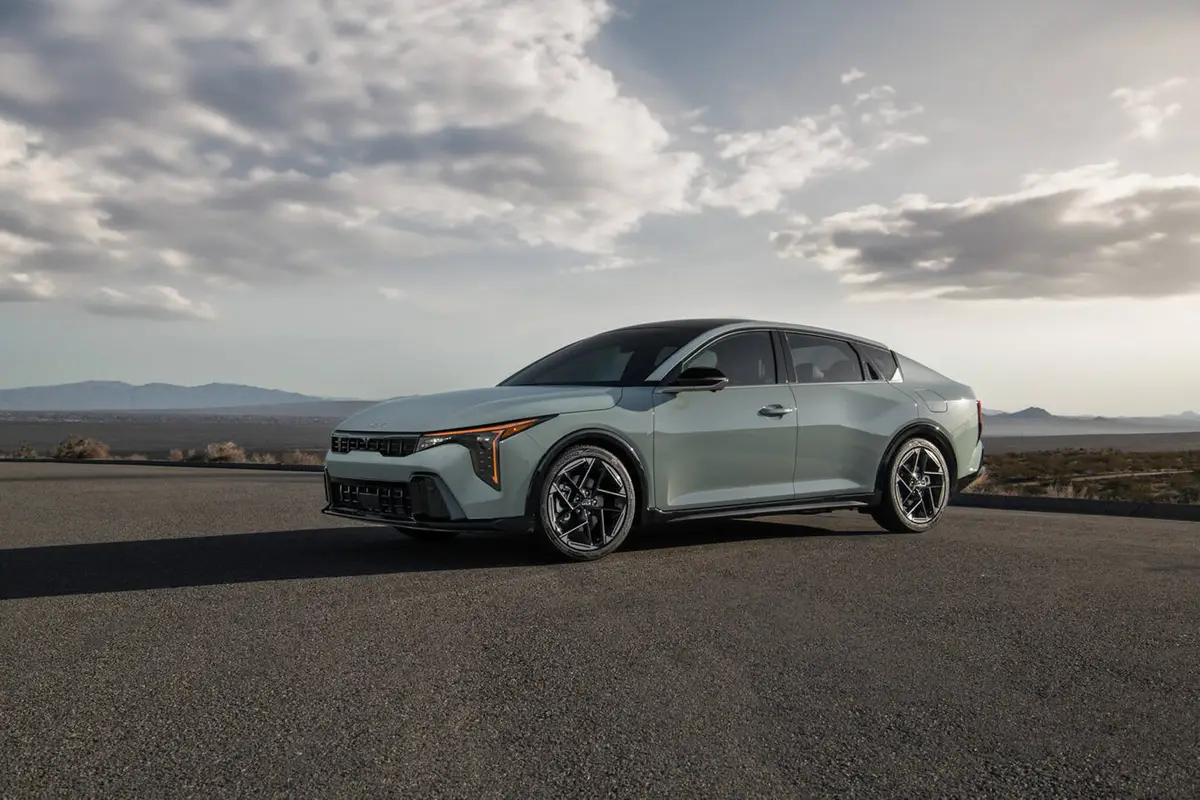Boston.com's view
It’s trendy to describe the Toyota Camry as the ”plain vanilla” of automobiles. It’s also a good way to get the folks at Toyota to grind their teeth.
R.L. Polk & Co., purveyor of automotive intelligence, says there are 4,813,000 of them around. And, since Toyota has sold 5,674,599 Camrys (give or take a few hundred) since 1983, that means 85 percent of them are still running.
The ubiquitous Camry also lives up to its name, derived from the Japanese Kan-Muri, meaning ”crown,” having won the title of ”best-selling passenger car in America” four years running.
Those Toyota folks also have a strong ally in taking umbrage at the vanilla designation. My friend Ralph, who made the ice cream for years at Russo’s Candy House in Saugus, considers a good vanilla pretty high up on the food chain. ”Any good ice cream store, no matter how many flavors it offers, must have a good vanilla as the mainstay of its selections,” he said.
Thus it is with the Camry, still the bedrock of Toyota’s vehicle lineup. It’s good vanilla. The model is beginning its third decade on the market and is starting the second year of this, its fifth design generation.
These days, it’s also trendy to say ”Honey, they shrunk the [Chevrolet pickup] Avalanche” when passing one of Subaru’s new Bajas (a hybrid Outback with a pickup bed).
Well, you can apply that to the Camry, too. No, it’s not a scaled-down pickup. But if you’re not looking closely, you’ll pass one on the road and easily mistake it for its [slightly] larger and more expensive sibling, the Avalon.
But it’s indeed a Camry. And today’s test ride, a 2003 LE, is the most vanilla of Camrys, the base model of the line now that the CE has been dropped.
Helen Callahan, my next-door neighbor, swears by vanilla, er, Camry. And she also says you don’t need a 6-cylinder. She says the 4 in her 1998 LE is just fine. Nationally, four out of five Camry buyers agree with her, opting for the four. Of course, she also said, ”How could you write this stuff if you didn’t have such opinionated neighbors?”
For a few warmup miles, we assumed [wrongly, it turned out] that this LE had six cylinders under the hood because manufacturers usually send out well-optioned cars to be reviewed, hoping it leads to better sales for the options.
Then, pushing the acceleration away from a Route 1 traffic light, two things became obvious: This was the 2.4-liter four (157 horsepower, 162 lb-ft. of torque) and Helen was right. It was plenty sufficient.
Though the base LE is well optioned, it’s pretty plain-looking – vanilla – inside and out, meaning lack of glitz, certainly not lack of ability. And it does look like a slightly reduced Avalon (though roomier than its predecessors).
Base price is $19,800. Options on our vehicle included antilock brakes, a worthwhile $300 addition, adjustable brake and accelerator pedals ($120), a $630 package that included power driver’s seat and upgraded sound system, and a $184 carpet/mat set for the interior and trunk. Add $485 for delivery, and the sticker totaled $21,519. It’s a substantial amount of car for the cash.
Should you want to up the ante, you can opt for the sportier SE model (stiffer suspension) or more luxurious XLE. [One thing you can always do in a showroom is spend more money.]
Introduced in 1983 to replace the Corona, Toyota went to its ”fifth generation” in 2002. This generation has a 2-inch longer wheelbase, which gives an inch-and-a-half more rear-seat legroom over previous models (like Helen’s ’98 fourth generation).
Overall, the 2003 LE remains virtually the same as it was in 2002 unless one considers optional adjustable pedals and standard keyless entry major changes.
Inside, the display on the center-top of the dashboard is a mini-version of the Avalon’s with clock, outside temperature and passenger-side] seat belt warning light. XLE models include the mileage functions normally found in the old ”trip computer.”
Climate control is Toyota-simple with three big knobs – fan, temperature, and mode. In the center of each knob is a button: air conditioner, rear defroster, and recirculating. The center console has two cupholders (covered when not in use) and a big covered bin.
Rear legroom is ample for adults. While the Camry is listed as a five-passenger vehicle, drop the rear armrest (with cupholders) and it’s a comfortable travel vehicle for four (with the lowered armrest also available to define kids’ space).
In back, the trunk is cavernous.
The new Camry also handles better and is quieter than prior models – those usually conflicting goals being accomplished with an anti-vibration subframe built into both the front and rear suspensions in the redesign.
So why do we call it vanilla?
Because the basic LE doesn’t have a whole lot of personality. It’s ”just a car,” albeit one that should go 200,000 miles [if treated reasonably well] and be problem-free for almost all of them.
That should remain a constant although the Consumer Reports New Car Preview 2003, which should be on the newsstands now, dropped the Camry [and several other Japanese models redesigned in 1992, including the Nissan Altima and Subaru Impreza, to average reliabilty with the major complaint for all three being squeaks, rattles and loose trim, part of CR’s ”body integrity” and ”body hardware” categories. It’s the first report to reflect CR’s 2002 reliability survey. Despite this slip, all three models still retain a ”recommended” designation.
Showing there’s still plenty to be said for good old vanilla.
Annoyances: The plastic wheelcovers. Here’s a spot to stylistically upgrade for short money.
Likes: Overall roomy feeling.
Latest news



